Harness Racing Victoria (HRV) Stewards alert trainers to the risk posed by some plant material growing on or in the vicinity of training facilities, which if ingested by a horse may result in a horse returning a positive swab to a prohibited substance.
In recent years a number of positive swabs have been reported to harness racing authorities, which investigations have established may have been attributed to the ingestion of specific plant material by horses.
The following prohibited substances reported to racing authorities as detected in swabs taken form horses, may have been as a result of horses ingesting plant material.
Synephrine
Synephrine has been detected in some plants, including the common rush (Juncus usitatus), sometimes called pin rush or mat rush, as well as in Teff grass, Mullumbimby Couch and the leaves of the Mandarin tree.
Synephrine is also found in the peel extract of bitter orange (Seville orange), which is an ingredient in several human weight-loss and appetite suppressant preparations.

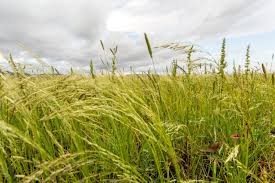
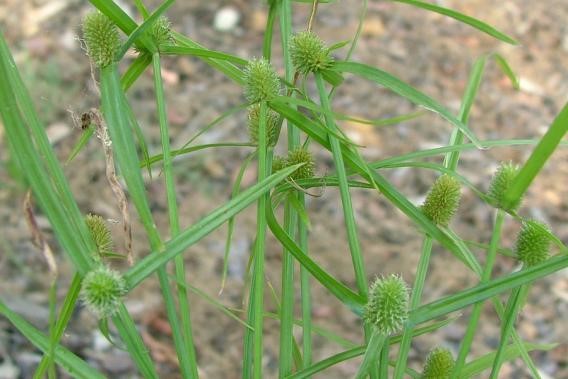
Pictured above from left to right are the plans Juncus usitatus, Teff Grass and Mullumbimby Couch.
Aminorex
Ingestion of plants from the Brassicaceae family, including Barbarea vulgaris (Yellow Rocket) has been identified as a potential source of Aminorex.
A chemical found in these plants called Barbarin (or GlucoBarbarin) can be chemically converted into the prohibited substance Aminorex.
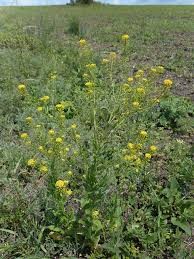
.jpg)
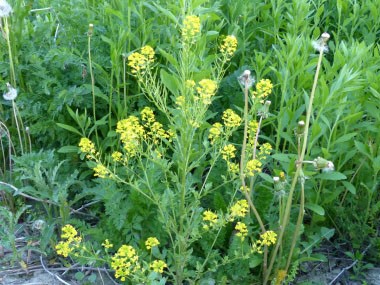
Pictured are plants from the Brassicaceae family.
Hyoscine / Atropine
Hyoscine is a substance which may be found in plant contaminants of the species Datura (including the Thornapple plant), Brugmansia (which includes the Angel’s Trumpet flower) and other Belladona type solanaceous plants.
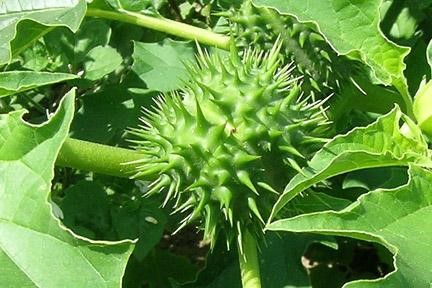
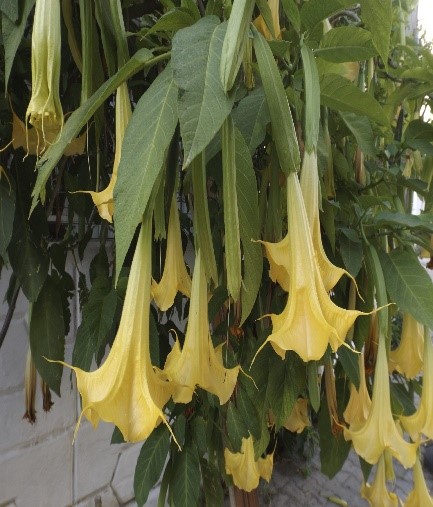
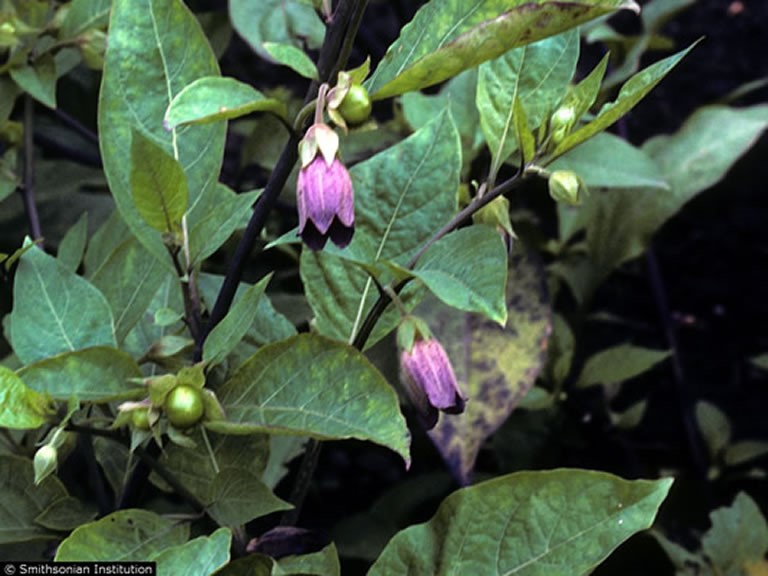
Pictured above from left to right are the plants Thornapple, Angel’s Trumpet flower and Belladona.
It is strongly recommended that checks of stable surroundings for the presence of unidentified or suspicious flora should also be undertaken regularly and Trainers are further advised to be aware of suspicious plant material which may be in hay, grain mixes and feed additives.
Please note that this is not an exhaustive list or depiction of plants that may pose a risk of exposure to prohibited substances or which may produce a positive swab to prohibited substance.
It is incumbent upon all trainers to ensure that horses in their care are kept in an environment free of substances which are prohibited or which may cause a horse to be presented to race not free of a prohibited substance.
Trainers are also reminded that it is ultimately their responsibility to ensure horses are presented to race free of prohibited substances in accordance with the Australian Harness Racing Rules (AHRR).
AHRR 190 states (in part):
A horse shall be presented for a race free of prohibited substances.
If a horse is presented for a race otherwise than in accordance with sub rule (1) the trainer of the horse is guilty of an offence.
If a person is left in charge of a horse and the horse is presented for a race otherwise in accordance with sub rule (1), the trainer of the horse and the person left in charge is each guilty of an offence.
An offence under sub rule (2) or sub rule (3) is committed regardless of the circumstances in which the prohibited substance came to be present in or on the horse.
